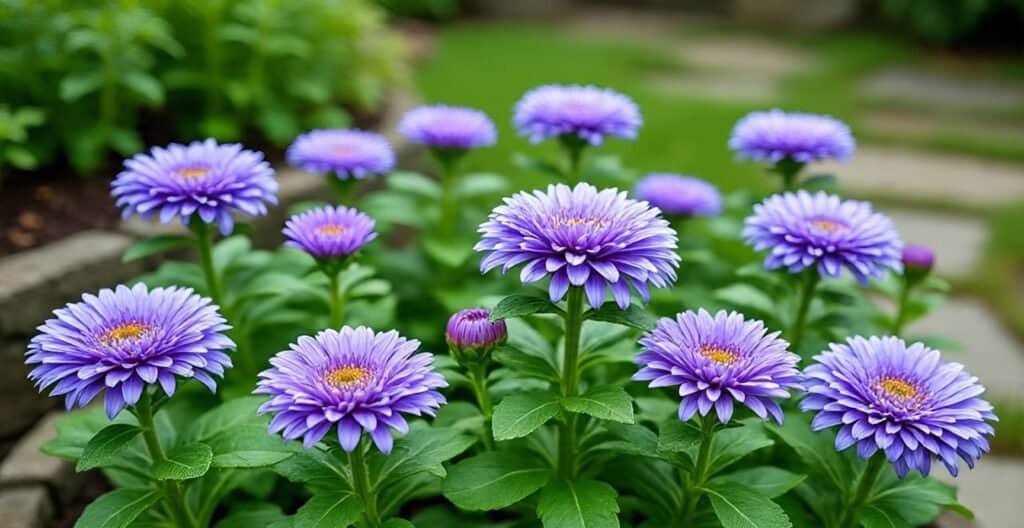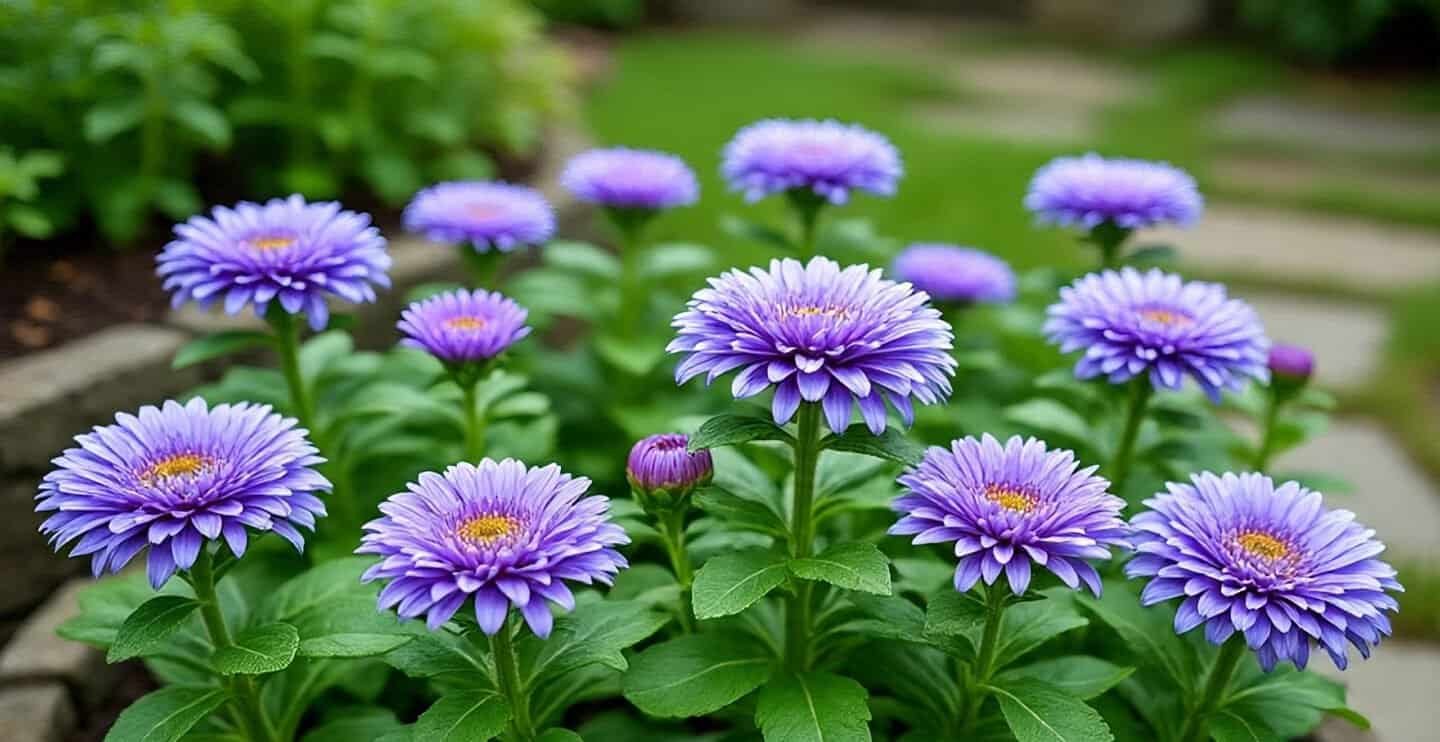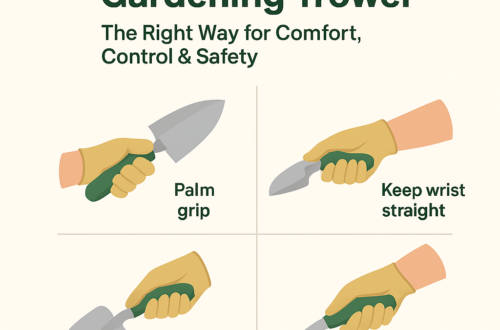Are Aster Plants Perennials? Everything You Need to Know
If you love late-season color in your garden, you’ve probably admired the vibrant, daisy-like blooms of aster plants. But if you’re planning your flower beds, you might wonder: Are aster plants perennials, annuals, or both?
The answer depends on the variety you grow—and where you live.
Quick Answer
Yes, most aster plants are perennials—meaning they return year after year. However, some species and hybrids are grown as annuals, especially in warmer or colder climates outside their preferred hardiness zones.

Understanding Asters
- Botanical Name: Aster (many species now reclassified into the Symphyotrichum genus)
- Bloom Time: Late summer to fall
- Flower Colors: Purple, blue, pink, white, lavender
- Height: 1–6 feet depending on variety
Asters are native to many regions in North America, Europe, and Asia. Their late blooms make them an essential source of nectar for bees, butterflies, and other pollinators before winter.
Perennial Asters
Most garden asters are herbaceous perennials, meaning:
- They die back to the ground in winter.
- They regrow from the root system each spring.
- They can live for many years with proper care.
Popular perennial varieties include:
- New England Aster (Symphyotrichum novae-angliae)
- New York Aster (Symphyotrichum novi-belgii)
- Smooth Aster (Symphyotrichum laeve)
Hardiness: Generally USDA zones 3–8.
Annual Asters
Some asters, especially China Aster (Callistephus chinensis), are grown as annuals:
- Complete their life cycle in one season.
- Often bred for vibrant colors and large blooms.
- Useful for seasonal flower displays and cutting gardens.
How to Tell if Your Aster is a Perennial
- Check the plant tag or seed packet for botanical name and life cycle.
- Look up USDA hardiness zones—if your climate matches the plant’s preferred zone, it’s likely to act as a perennial.
- Observe over winter—perennials will re-emerge from the base in spring.
Caring for Perennial Asters
- Sunlight: Full sun (6+ hours daily) for best blooms.
- Soil: Well-draining, moderately fertile soil.
- Water: Regular watering, especially in dry spells.
- Maintenance:
- Divide clumps every 2–3 years to prevent overcrowding.
- Deadhead spent blooms to encourage longer flowering.
Why It Matters for Your Garden Plan
Knowing whether your asters are perennials or annuals helps with:
- Bed Design: Perennials can anchor a flower bed; annuals can be rotated each year.
- Maintenance Planning: Perennials require seasonal pruning and division; annuals are replanted yearly.
- Pollinator Support: Perennial asters provide consistent nectar sources over many years.
Frequently Asked Questions
Q: Do perennial asters need to be cut back in winter?
A: Yes, trim dead stems to ground level after frost, or leave them until early spring for winter interest and wildlife shelter.
Q: Will asters spread?
A: Many perennial asters spread slowly by underground rhizomes—divide as needed to control size.
Q: How long do perennial asters live?
A: With good care, clumps can thrive for 5–10 years or more.
Final Words
So, are aster plants perennials? In most cases, yes—especially the native species popular in gardens. Annual asters also have their place, offering one-season bursts of color. Whether you plant perennials for long-term beauty or annuals for quick displays, asters are a gardener’s favorite for their late-season blooms and pollinator appeal.
Discover more from Ecorganicas
Subscribe to get the latest posts sent to your email.




